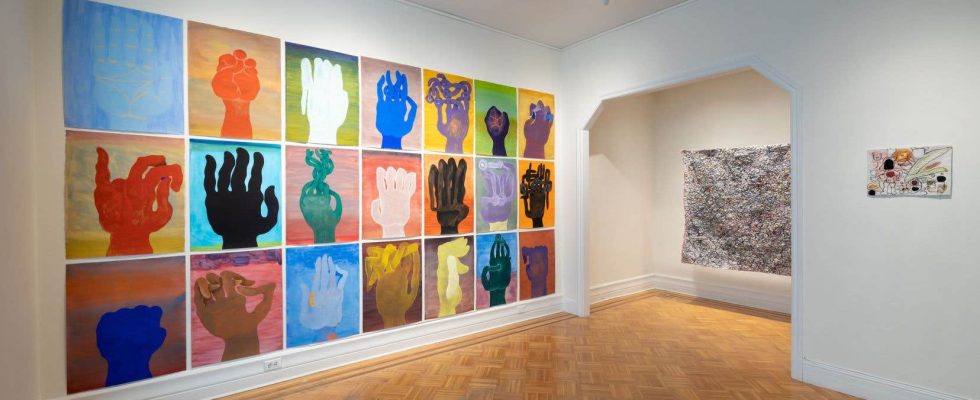The Torma-Zsako family of artists is honored in three locations in Montreal.
This project is much more than a friendly nod to a family of creators. In this event, organized by Projet Casa and the Laroche/Joncas gallery, the visitor will be touched by the idea that parents who are artists, Anna Torma and Istvan Zsako, were able to transmit to their sons, Balint and David, the desire to creation. We will of course be tempted to make a connection with the Lindsay-Szilasi-Merrill family, four of whose members have produced exceptional works. We could also refer to the very creative line of Pootoogook-Ashoona, of which at least nine members are or were artists. Let us also mention La Famille Plouffe, which, since 2016, has been working in the art world in a more playful way with this concept of family transmission, Guillaume embodying the central figure.
In an art environment, where individual genius is valued, constituted as an economic value, as a product, this desire for transmission, for community, for creative kinship is not just anecdotal. At a time when artistic movements seem to have disappeared, and when collectives are more discreet, this exhibition will remind us that art was long produced in networks where the family could play a role, that of transmitting a profession and a relation to the world.
Rhizomatic links
Despite many differences in the materials used, there are in the work of these four artists, links, a relationship to more traditional forms of art that could have been described at a certain time as archaic or folkloric. You will see affinities there with what used to be called the minor or naive arts, because you will also often see evocations of childhood and their creations.
Anna Torma is famous for her embroidered and sewn works, inspired by the means of expression traditionally associated with women. Torma uses this to refer in a fragmentary way to legends and tales where fantastic characters exist in a modern world that suddenly becomes equally strange, almost archaic. She also says that she is inspired by the sculptures of Itsvan or the drawings that Balint or David made as children. Istvan Zsako is known for his sculptures having, like other Hungarian sculptors, such as József Jakovits or Attila Mata, links with prehistoric art or even arts that we qualify as“ outsider », of art brut. At Projet Casa, we will see, among other things, examples of his Babylonian series. About her approach, Kirsty Bell, the curator for Projet Casa, talks about correspondences with the archetypes that Carl Jung was talking about. And there was a time when authors also wanted to see in Balint Zsako’s art a resumption of traditional folk art motifs, made in what used to be called Eastern Europe. As for David Zsako, the youngest of the family, his sculptures and photographs depict animals or plants, which also seem to be linked to a strange world.
If, at the famous Laroche/Joncas gallery — directed by André Laroche and Louis Joncas — the visitor will find slightly older works, installed in a refined way, at Projet Casa — a place designed by Danielle Lysaught and Paul Hamelin — you You will be able to see a more complex installation where the practices are more clearly linked. In addition, each creator reveals a better known artistic practice accompanied by a newer approach in his corpus. And to this is added a collective project by Anna and Istvan, “rhizomatic or root sculptures made of scraps of fabric and colored threads”, “swaddling” which, according to the curator, offers “comments on the connectivity”, but also a “metaphor for a conception of the family which is not linear or hierarchical, but rather interconnected and symbiotic, a genealogy which has as much to do with art as with genetics”.
And also at Poulin
At the Robert Poulin gallery, renowned for its defense of art brut, art lovers can find the work of Anna Torma, Balint Zsako and Istvan Zsako. Only David’s is missing for the family to be there, still fully reunited. This presentation will allow you to see much older creations by the artists, Robert Poulin having collected their works very early on. We will see, for example, collages by Balint Zsako and embroidered works by Anna Torma dating from 2008. In this set, which includes other artists, we particularly noticed the participation of Mary Lou Freel, an artist who deserves even more visibility.
